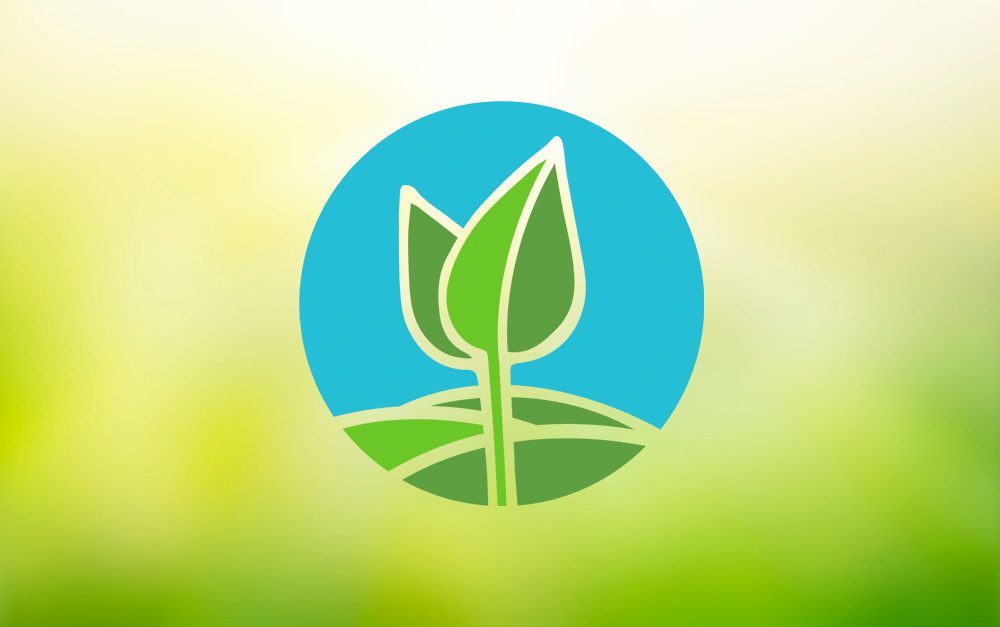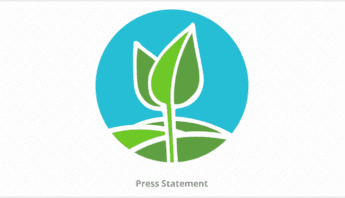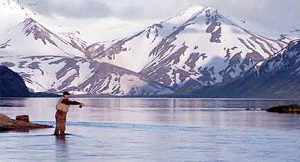For immediate release: May 19, 2008
Contacts:
Jennifer Sass, Natural Resources Defense Council, jsass@nrdc.org, 202-289-2362
Kristin Schafer, Pesticide Action Network, kristins@panna.org, 415-981-1771
Scientists, environmental health advocates, Arctic tribal governments and Indigenous groups are today calling on the Environmental Protection Agency (EPA) to phase out the pesticide endosulfan.
“It is time to take this dangerous and antiquated pesticide off the market,” says Jennifer Sass, a senior scientist with the Natural Resources Defense Council. “The scientific evidence clearly shows that the continued use of this chemical puts the health of exposed farmworkers, communities and the environment at risk.”
Sass is one of over 55 international scientists, medical doctors, nurses, and other health professionals urging EPA to take action on endosulfan in a letter delivered today to Administrator Stephen Johnson. Some of the prominent scientists endorsing the letter include Dr. Philip Landrigan, a pediatrician and Director of the Center for Children’s Health and the Environment at the Mount Sinai School of Medicine and Dr. Ronald Herberman and Dr. Devra Davis, researchers at the University of Pittsburgh Cancer Institute.
Used in the U.S. on tomatoes, cotton and other crops, endosulfan harms the hormone system, and low levels of exposure in the womb have been linked to male reproductive harm, other birth defects and possibly autism. Acute poisoning can cause headaches, nausea, vomiting, convulsions, and in extreme cases, unconsciousness and even death.
Tribal governments and Indigenous groups in the Arctic are also delivering letters to EPA today calling for action on endosulfan. The persistent pesticide migrates to the North on wind and ocean currents and contaminates communities in the Arctic.
“We know from scientific research that endosulfan is present in our traditional foods, threatening the health of our people and our traditional way of life,” stated Violet Yeaton of the Native Village of Port Graham, Alaska. “We are charged with a cultural responsibility to pass on traditions, and our food is intrinsic to the survival of our traditional way of life. We must take action now to eliminate this pesticide from our environment, so we help protect the health of the Seven Generations to come.”
Endosulfan has been nominated for inclusion in the Stockholm Convention, an international treaty that bans persistent chemicals from global use.
"The European Union and more than 20 other countries have already banned endosulfan,” notes Medha Chandra, an international campaigner at Pesticide Action Network, one of 111 environmental health advocacy groups calling on EPA to withdraw endosulfan’s registration. “EPA must take action now to protect U.S. communities from this dangerous insecticide – its time we catch up with the rest of the world."
Endosulfan’s registration is now under review by EPA, with the Agency's own analysis showing that farmers and workers applying endosulfan are exposed to unacceptably high levels of the pesticide. During the EPA public comment period earlier this year, a petition was submitted with more than 13,000 signatures urging withdrawal of endosulfan’s registration. Scientists, environmental health and Indigenous groups will be meeting with EPA officials later this week to discuss their concerns.
###
Available for interviews
- Jennifer Sass, Natural Resources Defense Council, jsass@nrdc.org, 202-289-2362
- Dr. Medha Chandra, Ph.D., Pesticide Action Network, mchandra@panna.org, 415-981-1771
- Violet Yeaton, Native Village of Port Graham, Alaska, vyeaton@yahoo.com
- Dr. Devra Davis, Ph.D., M.P.H., Director, Center for Environmental Oncology, University of Pittsburgh Cancer Institute, devra.davis@gmail.com 412-623-4716; Bberry 412 897 1539
Resources
- Letter to Stephen Johnson from scientists: http://docs.nrdc.org/health/hea_08051901A.pdf
- Letter to Stephen Johnson from environmental health advocates
- http://www.panna.org/files/NGOendosulfanLetter051908.pdf
- Letter to Stephen Johnson from Arctic tribes and indigenous groups: http://www.panna.org/files/toEPAfromIndigenousOrganizationsReEndosulfan20080519.pdf
- PAN North America webpage on endosulfan: www.panna.org/campaigns/endosulfan
- NRDC blog: http://switchboard.nrdc.org/blogs/jsass/







